Reality television burst onto our screens in a big way around twenty years ago, including a plethora of presentations revolving around food and cookery. At first, they were a novelty. Now, reality television is almost all there is to watch. You can catch such programming on practically every network.
While the reality TV concept is relatively new, food preparation programs (and celebrity chefs) are not. In fact, the first such segment aired in 1957. The Chef Presents, initially a 5-minute segment, was later expanded to 15 minutes. In short order, it was broadcast in different television timeslots, making Willi Koeppen the first Australian TV chef.
Fast forward to 2023; how many Australian cooking shows are there? Which is the most popular? Why should you watch them? Is any such program effective when it comes to learning how to cook? We're going to take a look at some of the classic and current culinary programs in Australia and unpack why they continue to be so popular.

The History of Cooking Shows Australia
Willi Koeppen mysteriously disappeared in the early morning hours of February 29, 1976. To this day, nobody knows what happened to him but his impact on television programming lives on. His show probably helped bring television executives to the realisation they needed to engage female audiences. His show was moved from 7:15Pm to the 2:15PM timeslot before finally settling in at 4:00PM.
Of course, we can't know exactly what television executives of the day were thinking. But it's reasonable to assume that, as women did most of the galley work, a cookery show should be targeted at them. Enter the Jean Bowring Show. It too started as a 15-minute segment but soon expanded to twice that time. Her show ran from 1957 to 1960, a full year longer than Willi's did.
If you're as old as me, you'll remember everyone sitting around a tiny television screen, probably built into a massive wooden cabinet. For us kids, it was the novelty of television that kept us glued to the set. For our parents (our mothers!), soaking up the culinary arts and scribbling down those recipes mattered more. Did your mum or gran ever prepare those dishes? Mine never actually prepared any of them. But she still loves watching some of the most famous Australian cooking shows from the decades since then.
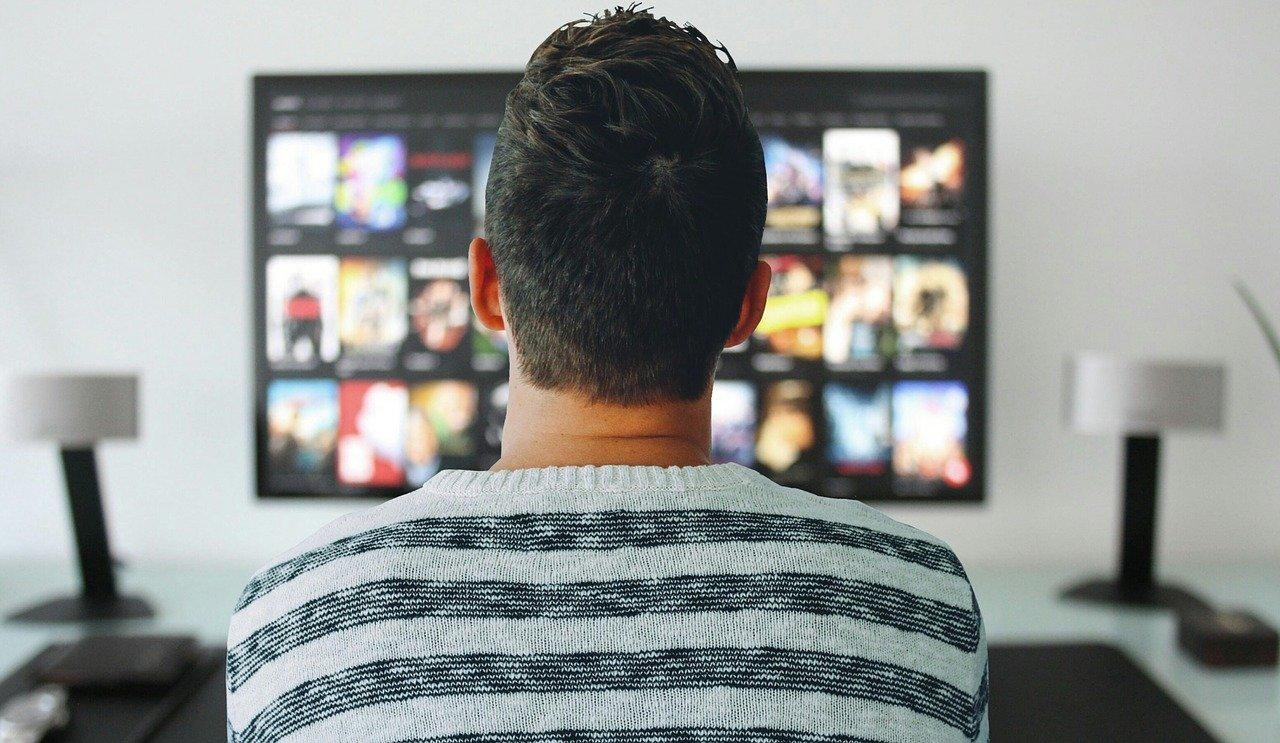
1970s — King's Kitchen
Flamboyant and incredibly popular, Bernard King topped the decade's list of cookery programs in Australia. He became a household name with King's Kitchen. Honey ham and lamb chops topped the list of his signature dishes. Long after King's Kitchen had stopped airing, King continued on as a television personality, though not without controversy. He was ultimately banned from doing food prep demonstrations following a rash of inappropriate comments.
1980s — Come and Get It
G'day! Who didn't love Peter Russell-Clarke? He greeted viewers to his 5-minute show with a smile, a wink and that simple catchphrase. Come and Get It topped the decade's roster of Australian cookery programs because it featured Peter going on market trips. He would select fresh produce and then, head back into the studio to show viewers how to prepare it.
His five-minute show ran for nine years, for a total of 900 episodes. Come and Get It was fam favourite that catapulted him into stratospheric levels of renown. So much so that he was invited to cook for the His Royal Highness, King Charles III upon the future monarch's Silver Jubilee. However, as is the way with many renowned, Peter Russell-Clarke endured his touch of controversy. It seems that a blooper video was released on YouTube in 2008, somewhat tarnishing his image just a bit.
1990s — What's Cooking?
This was one of the more lighthearted food programs in Australia. What's Cooking? was originally hosted by French-Australian chef, Gabriel Gaté, and actor/comedienne, Colette Mann. A change in production forced this pair's replacement. The male host replacement chef, Geoff Jansz, was an interesting choice. Originally a pharmacist, he later opened a restaurant in New South Wales. EveryBody (1992) was his first foray into broadcast television.
He paired with talk show presenter Kerri-Anne Kennerley to deliver a semi-serious, fun to watch show loaded with doable recipes. The collaboration lasted for six years, yielding more than 750 30-minute episodes. He still delights audiences with his 'fresh, in-season' philosophy.
Late 90s to 2010 — Huey's Cooking Adventures
Australia fell in love with New Zealander Iain Hewitson. Huey, as he is called, is one of Australia's all-around popular television chefs. His smiling face has been on our television screens for decades with programs like Huey's Cooking Adventures. This series was particularly popular for its focus on different regions of Australia where Huey would lob in, have a chat with locals and start slicing and dicing. The 'adventures' concept was replaced in 2010 with another show featuring Huey, called Huey's Kitchen.
The Different Types of Australian Cooking Shows
What if you were asked to list as many Australian chefs with celebrity status as possible? You'd probably have no trouble rattling off Curtis Stone, Kylie Kwong, Gary Mehigan, George Calombaris, Andy Allan, Shannon Bennett, Pete Evans and Manu Feildel. Why? Because they all feature on reality cooking shows Australia. But not all master cooks are involved in reality television. Not all food programs in Australia are mainstream. So we have to talk about these different types of programs.
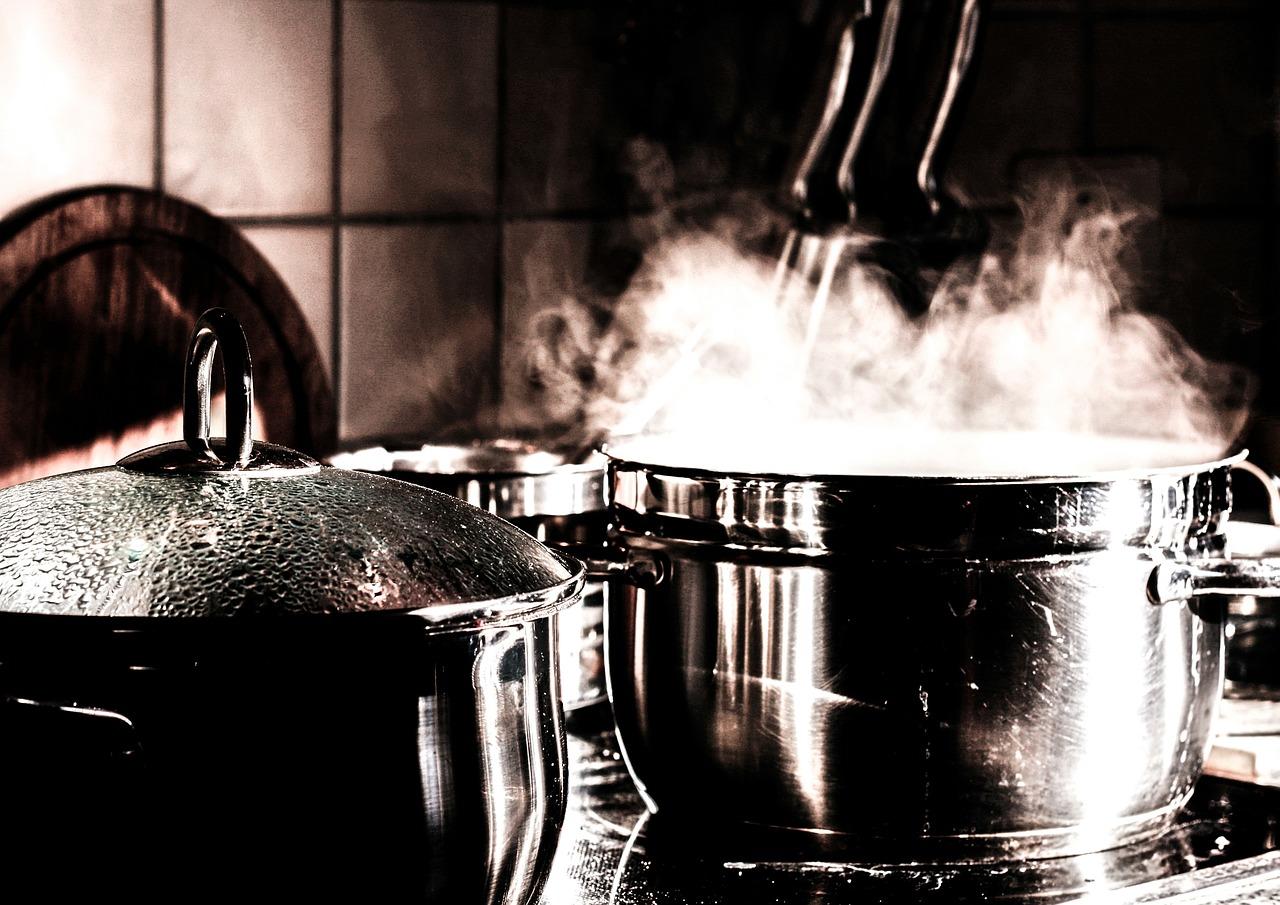
Food Safari
You'll find some of the best Australian food and cooking-related programs on SBS. Let's check out a few, starting with Food Safari. Available to watch on the SBS On Demand station, Maeve O'Meara focuses on immigrants' contributions to Australian cuisine. Each episode from the first four ventures explored different methods to prepare foods from a specific culture. Each episode looked at those regions' epicurean backgrounds, the people their traditions. She also informed her audience where they can find the ingredients to replicate the recipes.
After the fourth series, this most popular program slightly changed its focus. Season 5 (Fire edition) explored barbecuing, grilling and smoking of meat. Season 6 (Earth edition) had a vegetarian focus. Food Safari Water (season 7) was all about seafood. The Food Safari adventure continued with spin-off episodes, filmed in other countries. Italian Food Safari and French Food Safari were the first of that format.
Luke Nguyen: Vietnam
Luke Nguyen was born to Vietnamese parents in a Thai refugee camp. He emigrated to Australia in the 80s and has spent much of his life championing food from his heritage culture and beyond. His first offering, Luke Nguyen's Vietnam, screened on SBS One in 2010. Since then, he has returned to explore regional foods, ingredients and recipes of Vietnam. He's also spotlighted French cuisine's influence on the Greater Mekong cookery. He's shown off his skills in the UK and at street food stalls in Asia.
Destination Flavour
Australian food presenter Adam Liaw prefers to keep a low profile and generally does not get involved in reality television. And that's despite winning Season 2 of MasterChef and achieving star status. Destination Flavour started with the aim of meeting the restaurants' head cooks and the people (such as growers) behind the best Australian food. He wanted to discover what inspires them. Each episode plays like a mini-documentary with recipe and preparation elements woven in. Destination Flavour is available for viewing on SBS on Demand.
The show proved so popular that Adam Liaw has continued on. You might enjoy Destination Flavour Japan, Down Under, China, Singapore and Scandinavia. There are also cookbooks available to complement each of the show's series.
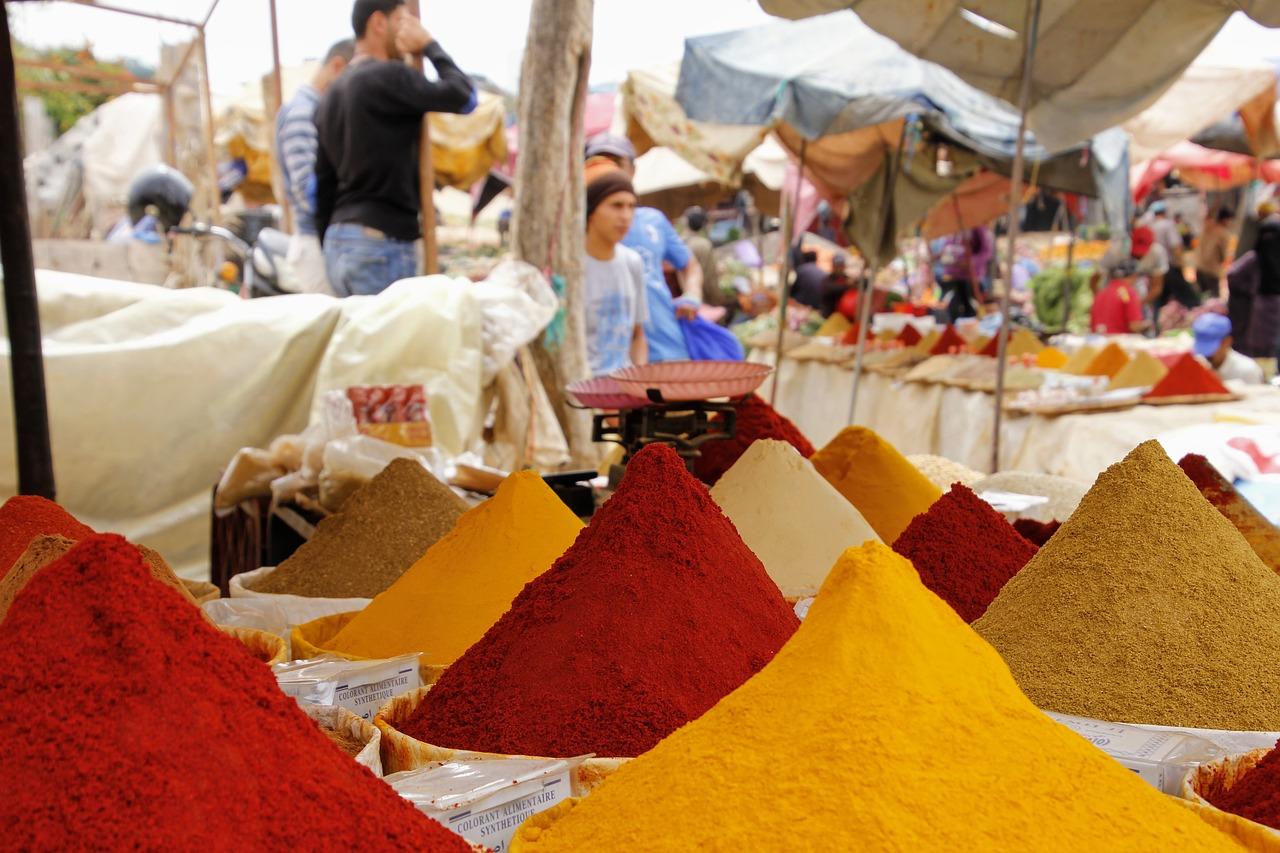
The Cook's Pantry
Not all low-key Australian cooking shows are on SBS. Channel 10 is known for its 4 pm cookery slot, which has for years featured a range of family-friendly food programming. The Cook's Pantry is notable because three past MasterChef contestants host it. They did not win but they did find their way into Australian hearts.
Have you watched any programs featuring Matt Sinclair, Courtney Roulston and Michael Weldon? You can see this trio turn out delectable dishes. Or you might follow along with them as they show you how to prepare their favourite foods, step-by-step. They're mighty fun to watch but you should also check out the two mainstays of cooking shows Australia.
My Kitchen Rules (MKR)
Manu Fieldel and Pete Evans host Channel 7's My Kitchen Rules. The concept developed off the back of 'My Restaurant Rules' and was buoyed by the success of MasterChef, which airs on Channel 10. It was an original among Australian cooking shows that spearheaded a number of copycats, including My Kitchen Rules New Zealand. Since its inception in 2010, the show has been nominated for 5 Logies, winning in the category of Most Popular Reality Show.
My Kitchen Rules pits several 'home cook' couples against each other. They take turns hosting dinner parties in their homes, working out of their own galley. Other contestants participate in the judging with the final decision resting with Fieldel and Evans.
You might reasonably suspect that people tend to watch the show for the controversy and the tension between contestants, rather than to get ideas and tips for future dishes. Pete Evans isn't without controversy, the most recent of which has seen him dropped from several illustrious brands and programs. MKR may have aired for the last time but who knows what will happen next with Australian cooking shows?
MasterChef
The original judges, Matt Preston, George Calombaris and Gary Mehigan, exited this cooking show Australia in 2019. Everyone thought their leaving signalled the show's demise. But after a changing of the guard in 2020, carefully orchestrated to bring in past popular contestants, the program was back for its 13th series in 2021. Undoubtedly, it has had its ups and downs when it comes to ratings but, on the whole, it has remained a stable, if somewhat predictable program.
As the three judges watch over them, 24 initial contestants are faced with an array of challenges. Eventually, the group is whittled down to the final three, then two, then one. This program is renowned for giving a record number of home cooks their start in the industry. Many of the culinary program host names you know today were once contestants on MasterChef. With the high-calibre guest chefs that appear on this program, you may even be familiar with some international Michelin star recipients.
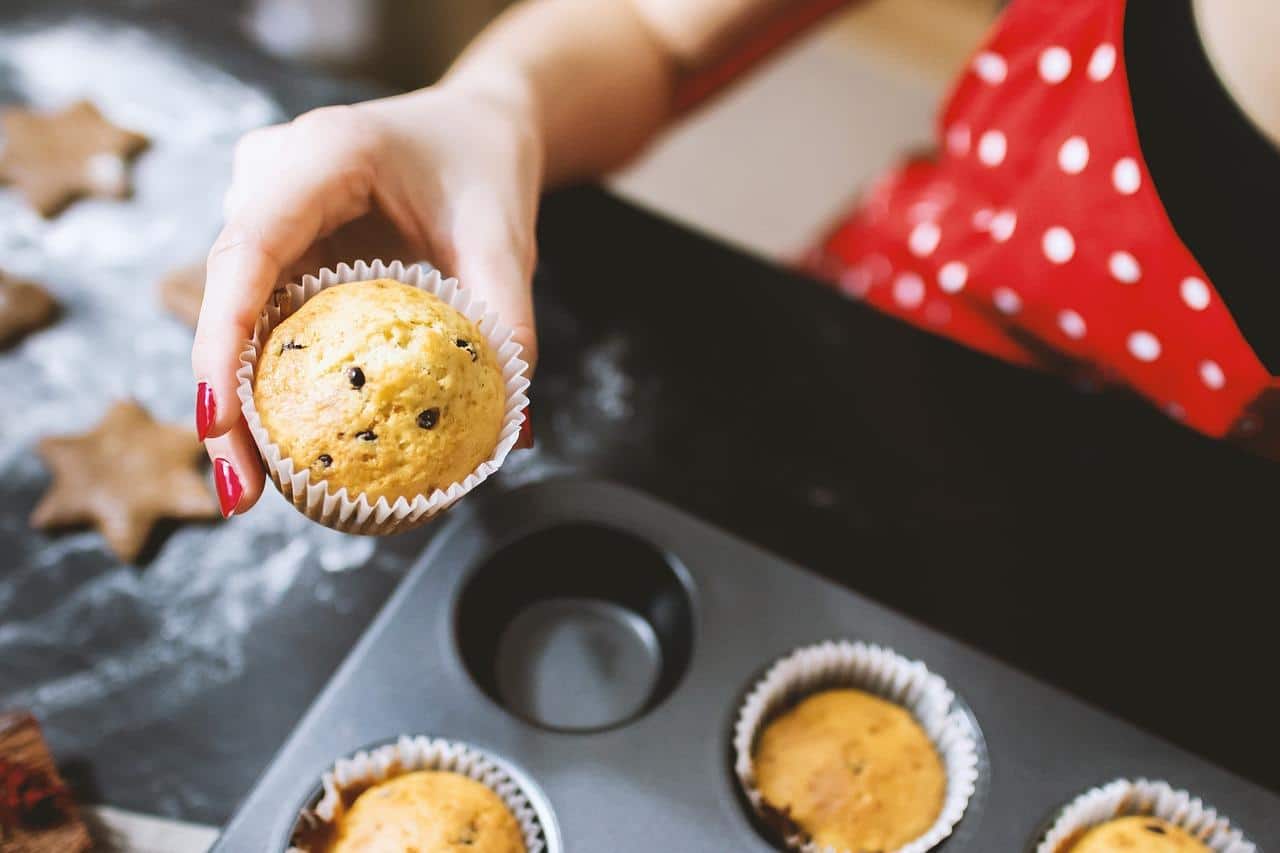
Conclusion: Australian Cooking Shows
We're incredibly fortunate. We have access to an astounding variety of ingredients, foods and cuisines. If for whatever reason, we don't travel to sample regional delicacies, we have engaging presenters to show us how to prepare them. Granted, French playwright Molière affirmed that one has to eat to live, not live to eat. But must what we eat to live be mere gruel?
Throughout history, humans have embellished their lives. You might think that cave paintings and early writings are the only testament to that fact. But archaeologists have also studied food remains from firepits found in ancient settlements. We're perpetually amazed at the diversity of foods early humans consumed. Even that far back, gruel appears to have been a least-favourite option.
Who knows how Australian cooking shows got their start? Were they meant to be educational, inspirational or simply entertaining? One of the world's first-ever television food preparation segments was broadcast in 1936. The UK's BBC hosted a program called London Characters, which featured a pastry chef singing as she rolled out the dough. Twenty years later, Willi Koeppen debuted one of the first Australian programs devoted to food preparation.
That gives us a clue about these programs' original intent to inspire. In England, people who could afford a television in those days generally also had hired help. They did not prepare meals themselves but it's possible that they wrote recipes down for their staff to follow. A fifteen-minute segment would have been enough to make that possible.
Later, as food preparation became more democratised, householders, usually women, took over food prep duties. But there was the danger of boring everyone to tears by serving the same dishes, night after night. Thus, cooking shows Australia and elsewhere became educational. Presenters lingered over explaining ingredients and blending instructions. They started injecting cultural commentary and may have even extolled a food's health properties as they prepared it.
By the mid-70s, televisions had become smaller, lighter and much more affordable. Well-to-do homes may have had a small set in the kitchen so the resident chef could follow along as the presenters chopped, diced and simmered. This is when Australian cooking shows became entertainment. Today, television food programming carries that banner by featuring comedy and controversy, drama and dismay.
Lightweight, slim-line plasma screens beam famous hosts and entertainers in our galleys or elsewhere. We can watch cooks from around the world berate their underlings and see humiliated contestants cry. We can stream such programs from just about any platform on every device we own.
Even YouTube is filled with Australian cooking shows but there is one in particular that is well worth a look: Nat's What I Reckon. Nat is a comedian who has been posting on YouTube for over a decade. Last year, at the height of the Covid lockdowns, his videos became a household name. Essentially, Nat's about simple home recipes using fresh ingredients. No canned food, no packet food, no instant fake meals. If you are offended by swearing, stay away! Otherwise, Nat's may be one of the best free food prep offerings, and it's comedy gold, too!

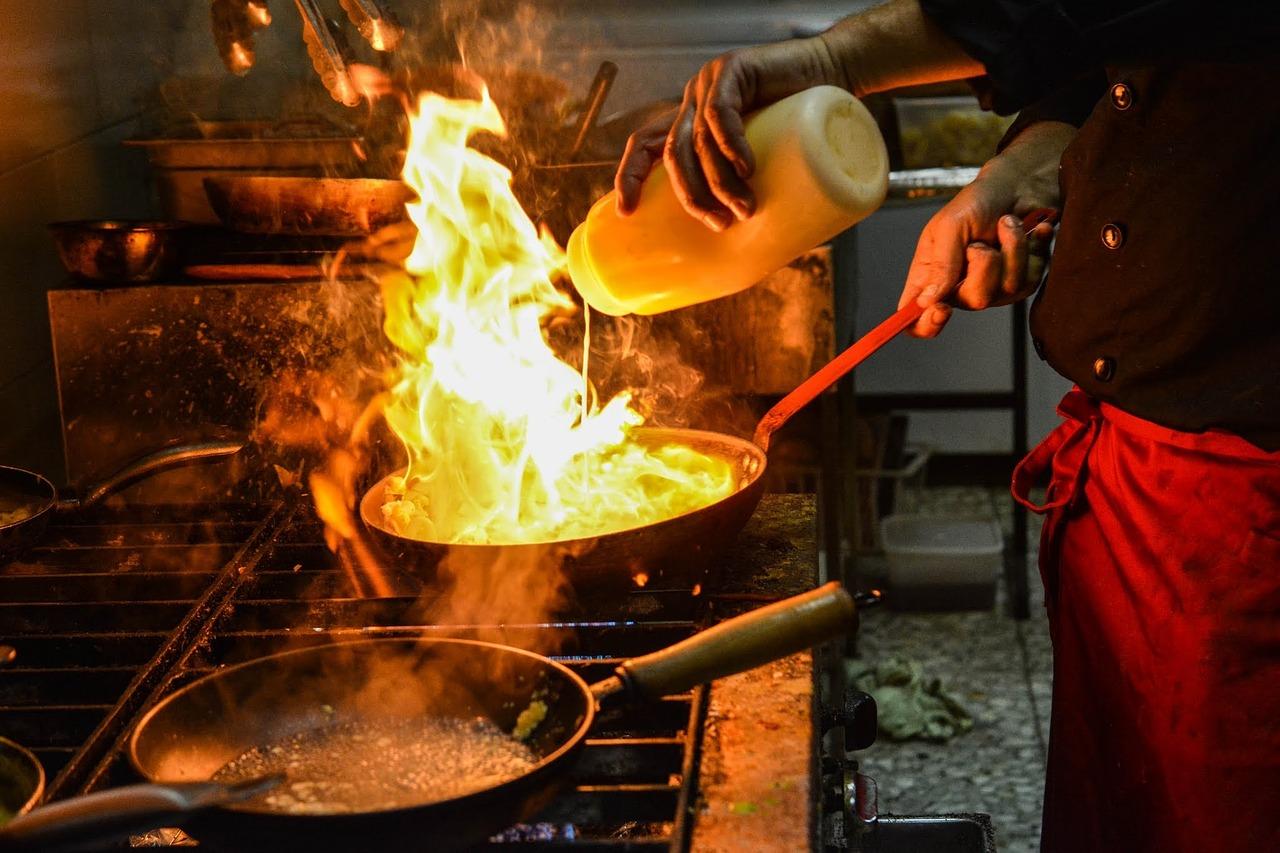












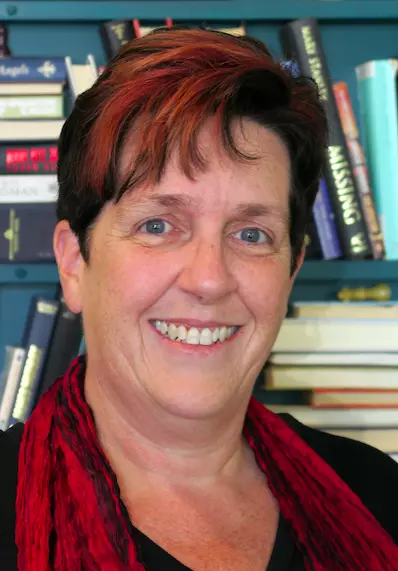
My neighbour Barbara Lynch was the home economist for the Sydney County Council and she did a 15 minute cooking show in the 1970s which was aired on Saturday mornings on either channel 7 or channel 10. I think that would make hers one of the first Australian born cooking shows